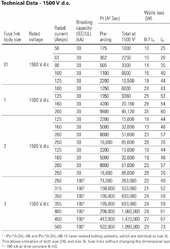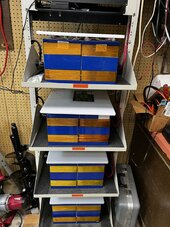wattmatters
Solar Wizard
Both DIY batteries.That's my takeaway from both fires so far.
Not clear to me from the photos I've seen on the OP's build thread whether the individual cells had an isolation barrier between them. It does not appear so:
I noted they reported leaking cell a couple of years ago. Perhaps a portent of other issues.

LFP Powerwall
newbie here. why does it matter whether the p or s comes first Mechanically and electrically they are different and that has implications on BMS strategies. From the inverter standpoint it doesn't matter because the total voltage is the same.
Just glad no one was killed/injured but such an experience is traumatic. I wish them well with their home recovery.








